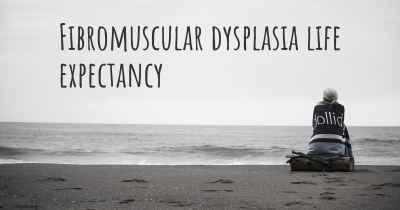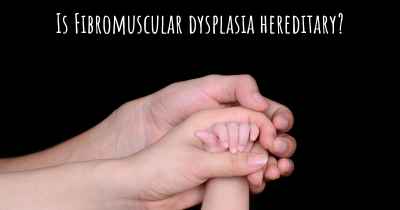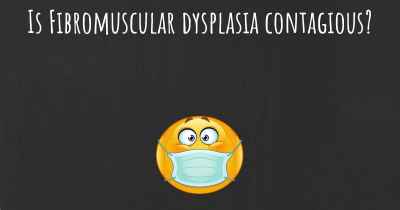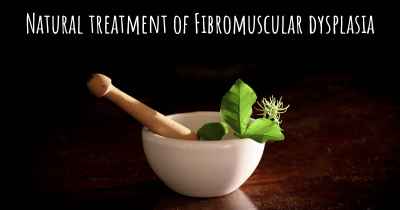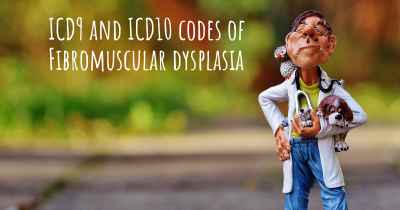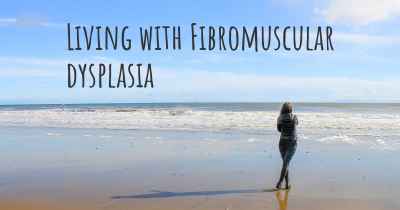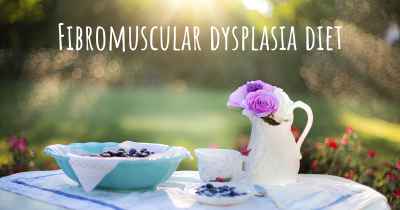Is it advisable to do exercise when affected by Fibromuscular dysplasia? Which activities would you suggest and how intense should they be?
See if it is advisable for people with Fibromuscular dysplasia to practice sports and which ones are the most recommended if you have Fibromuscular dysplasia
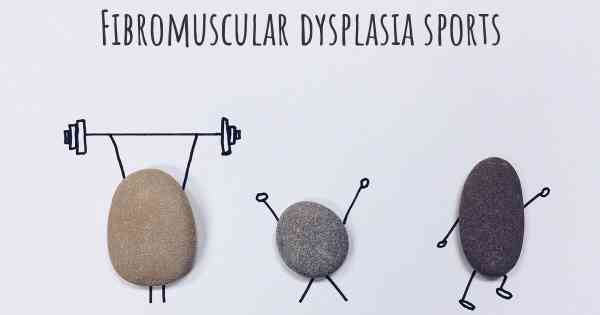
Fibromuscular dysplasia (FMD) is a rare condition that affects the walls of certain arteries in the body, causing them to become narrow or form abnormal bulges. This can lead to reduced blood flow to various organs and tissues. While exercise is generally beneficial for overall health, it is important to approach it cautiously if you have been diagnosed with FMD.
Consulting with your healthcare provider is crucial before starting any exercise program, as they can provide personalized advice based on your specific condition and overall health. They will consider factors such as the severity of your FMD, the affected arteries, and any other underlying health conditions you may have.
That being said, exercise can be beneficial for individuals with FMD as it can help improve cardiovascular health, increase stamina, and reduce the risk of other health issues. However, it is important to choose activities that are low-impact and avoid exercises that may put excessive strain on the affected arteries.
Here are some exercise recommendations for individuals with FMD:
- Aerobic exercises: Low-impact aerobic activities such as walking, swimming, cycling, or using an elliptical machine are generally safe for individuals with FMD. These exercises help improve cardiovascular fitness without placing excessive stress on the arteries. Start with shorter durations and gradually increase the intensity and duration as tolerated.
- Strength training: Incorporating light resistance training into your exercise routine can help improve muscle strength and overall fitness. However, it is important to avoid heavy weights or exercises that involve straining or holding your breath, as these can increase blood pressure and potentially worsen FMD symptoms. Focus on using lighter weights and performing more repetitions.
- Flexibility exercises: Stretching exercises can help improve flexibility, joint mobility, and reduce muscle tension. Incorporate gentle stretching into your routine, focusing on major muscle groups. Yoga or tai chi can also be beneficial for improving flexibility and promoting relaxation.
- Balance exercises: Engaging in balance exercises can help improve stability and reduce the risk of falls. Simple activities such as standing on one leg, heel-to-toe walking, or using a balance board can be effective. Start with holding onto a stable surface for support and gradually progress to performing the exercises without assistance.
It is important to listen to your body and pay attention to any symptoms or discomfort during exercise. If you experience chest pain, shortness of breath, dizziness, or any other concerning symptoms, stop exercising and seek medical attention immediately.
Remember to warm up and cool down before and after each exercise session. This helps prepare your body for physical activity and prevents injury. Additionally, staying hydrated and wearing comfortable clothing and supportive shoes are important considerations for exercising with FMD.
Overall, exercise can be beneficial for individuals with Fibromuscular dysplasia as long as it is approached cautiously and under the guidance of a healthcare professional. It is important to choose low-impact activities, gradually increase intensity, and listen to your body. Regular exercise, combined with a healthy diet and lifestyle, can help manage symptoms, improve overall health, and enhance quality of life.
Rest as needed and get 7-8 hours of sleep at night.
Posted May 19, 2017 by SED 2000
Posted Sep 10, 2017 by Maria Cristina 2500
Posted Feb 21, 2018 by Jennyka 1000
Posted Jan 10, 2019 by Donna 2500
